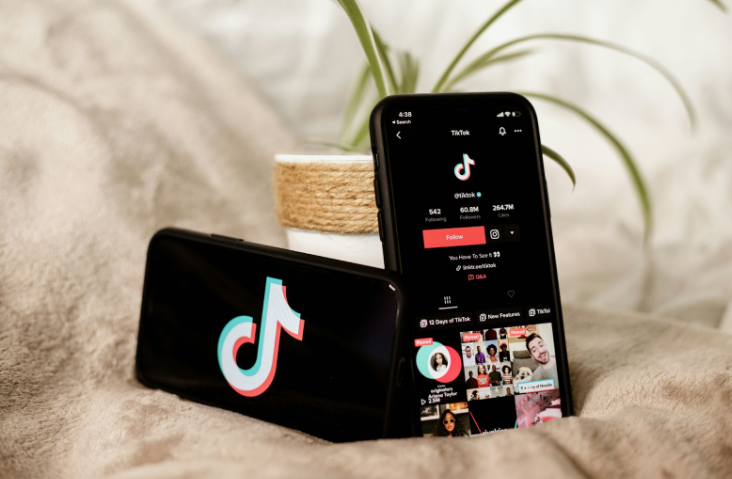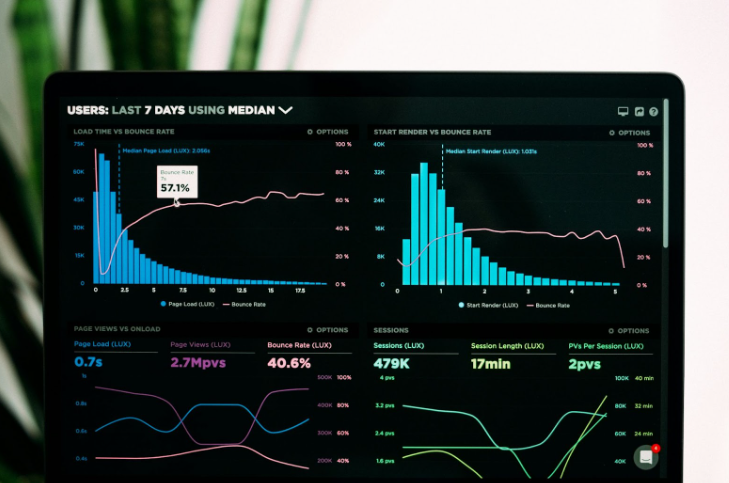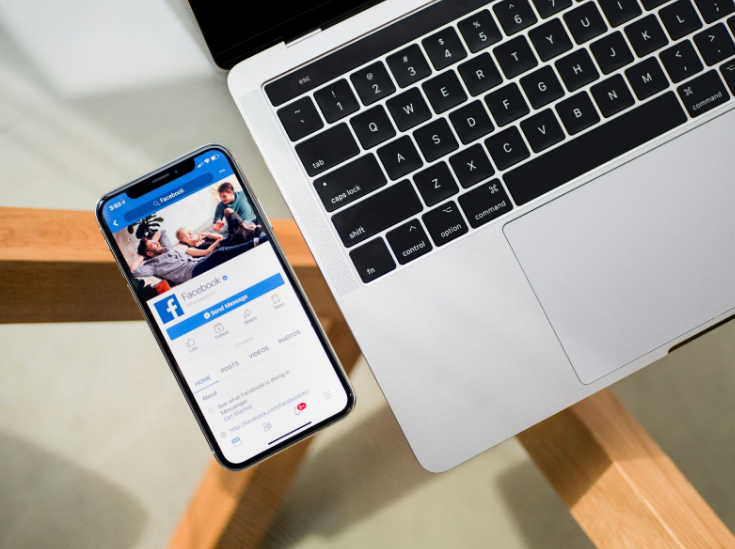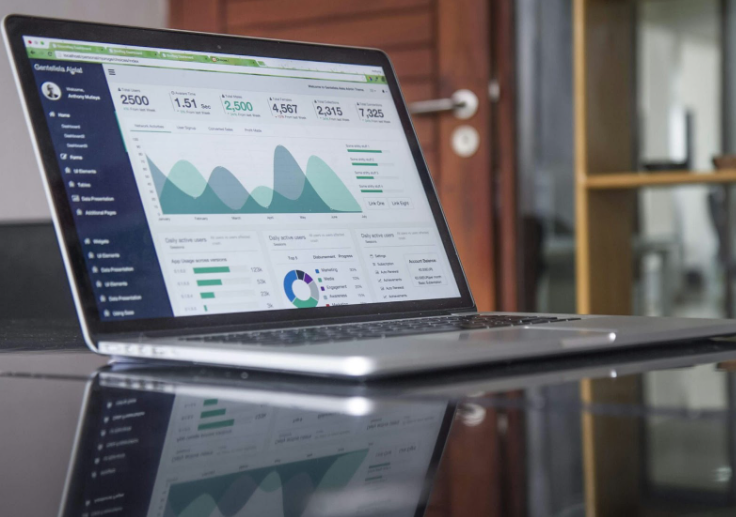Table of Contents
- What is Brand Safety?
- What Does Brand Safety Have to Do with Influencer Marketing Campaigns?
- Why is Brand Safety Important?
- How to Use Data to Protect Your Brand During Influencer Marketing Campaigns
- 1. Thoroughly Vet Your Influencers
- 2. Monitor Content in Real-Time
- 3. Use Sentiment Analysis to Track Brand Alignment
- 4. Track Behavior and Engagement Metrics
- 5. Use Brand Safety Tools
- 6. Analyze Your Post-Campaign Data
- 7. Collaborate Closely with Industry Leaders
- 8. Manage Crises with Contingency Planning
- Final Thoughts
Influencer marketing is increasingly becoming the go-to strategy for brands looking to authentically and impactfully engage with their audiences. This isn’t surprising, given that 69% of consumers trust influencer recommendations.
However, with great opportunities come great responsibilities – especially when it comes to brand safety. When you put your brand image in the hands of influencers, they’re directly responsible for your reputation.
This is where data comes into play. It can uncover key insights into your influencer marketing campaigns so you can keep your brand safe with confidence.
Keep reading to learn why brand safety is important in the context of influencer marketing and how you can use your data to protect your image as you navigate your next campaign.
What is Brand Safety?
Image from Unsplash
Brand safety refers to the strategies and practices that brands implement to protect their reputation when they advertise their offerings online. This could be anything from ensuring that ads don’t appear alongside inappropriate or unsafe content to ensuring influencers do not represent the brand in a way that could harm its image.
When it comes to digital marketing, brand safety is all about controlling where and how you display your brand’s advertisements. Actively avoiding putting adverts next to offensive content, hate speech, extremist views, and fake news is essential.
The Role of Data in Brand Safety
Data plays a major role in brand safety. It helps you get the insights you need to make the right decisions when it comes to marketing.
Adopting a growth mindset allows teams to continuously improve their brand safety strategies, viewing each campaign as an opportunity to learn and adapt for better future outcomes. Through data, brands can implement safety checks and actively monitor the digital advertising supply chain.
All this is done to ensure that ads appear in a context that aligns well with their values, helping to maintain the brand’s integrity and, most importantly, build trust with customers.
What is Influencer Marketing?
Influencer marketing is a type of social advertising where brands collaborate with individuals who have a strong following on a social media platform. These influencers will work to promote products or services to their loyal audience, either through sponsored posts or videos. This helps brands to expand their reach and influence, driving brand awareness, engagement, and sales forward.
Influencer marketing is expected to be worth $24 billion by the end of 2024, showcasing just how effective this advertising is for brands.
What Does Brand Safety Have to Do with Influencer Marketing Campaigns?
Image from Unsplash
When it comes to influencer marketing, brand safety is just as critical (if not more so) as other forms of digital advertising.
It’s not as simple as finding the top fashion influencer to push your new brand of footwear. The type of content that influencers create and the platforms they do it on can directly impact how people perceive your brand.
Let’s say an influencer posts an ad that includes unsuitable content. Having this associated with your brand will not only lead to safety issues, but also tarnish your reputation.
Inappropriate content doesn’t have to be in the ad content either. You could partner with an influencer who, knowingly or unknowingly, promotes fake news or likes and posts extremist content. You will still be negatively impacted even if your brand isn’t to blame.
That’s why you should constantly monitor the types of content your brand is linked to in influencer campaigns. It doesn’t have to be extreme. It could be that the influencer is promoting products irresponsibly or aggressively.
Side note – make sure you follow all legal guidelines when hiring influencers!
Why is Brand Safety Important?
It’s essential that you consider brand safety when you start to develop your influencer campaigns, as it will impact the overall health and sustainability of your brand in the marketplace. Let’s take a closer look below.
- Protecting Brand Reputation
Your brand’s reputation is one of its most valuable assets. In a world where information spreads rapidly, a single safety issue can lead to widespread backlash, affecting consumer trust and long-term brand loyalty. By ensuring that your brand is only associated with appropriate and relevant content, you protect its image.
- Maintaining Consumer Trust
Consumers expect brands to uphold certain standards. Associating with inappropriate content can break that trust, leading to a decline in customer loyalty. Safety practices ensure that your brand’s messaging aligns with consumer expectations, which is crucial for maintaining trust.
- Ensuring Effective Advertising
Brand safety also impacts the effectiveness of your advertising strategy. Ads that appear alongside harmful or offensive content are less likely to engage positively with consumers, diminishing the return on investment (ROI) of your influencer marketing campaigns.
How to Use Data to Protect Your Brand During Influencer Marketing Campaigns
Image from Unsplash
Now that you have a solid overview of why brand safety is essential in influencer marketing, we can show you how to use data to protect your brand image.
Data-driven strategies give you far more precise control over where and how your brand appears to the public. That way, you’re always presenting your business in a way that aligns with your core values and resonates with your potential and loyal customers.
Additionally, adopting dynamic pricing models for your advertising spending can help optimize your marketing budget. By adjusting your investment based on data insights into campaign performance and consumer engagement, you ensure that your resources are used efficiently, maximizing ROI.
Here are just some of the ways you can keep tabs on your brand safety:
1. Thoroughly Vet Your Influencers
Before you pick an influencer to partner with, you need to take the time to conduct a thorough vetting process using data. Analyze the influencer’s past content, audience demographics, and engagement rates to ensure they align with your brand’s values.
- Analyze Content History
Use data analytics platforms to review the types of content the influencer has posted in the past. Look for any signs of inappropriate or unsafe content, such as hate speech, extremist views, or fake news.
- Evaluate Audience Demographics
Ensure the influencer’s audience matches your target audience. Data on age, location, interests, and behaviors can help determine if the partnership will resonate well with potential customers.
- Check Engagement Metrics
High engagement rates are often a good sign, but they need to be authentic. Look for signs of fraudulent clicks or invalid traffic that could indicate bot activity, which could harm your brand’s credibility.
- Set Up Communication Tools
To keep your brand safe you should be consistently communicating with your influencers to make sure they understand your campaign goals. Try setting up business telephone systems so you’re always on hand to answer any questions once you’ve vetted the influencer.
2. Monitor Content in Real-Time
Image from Unsplash
Once a campaign is live, it’s crucial to monitor the content being produced in real-time. This allows you to address any potential safety issues immediately before they escalate into larger problems that could have a big impact on your brand image.
Key Steps:
- Set Up Alerts
Use data-driven tools to set up alerts for keywords related to your brand, as well as any inappropriate content that could be associated with your campaign.
- Use Programmatic Tools
Leverage programmatic advertising platforms that offer brand safety controls, such as block lists or keyword exclusion lists, to automatically prevent your content from appearing next to unsafe content.
- Engage in Continuous Monitoring
Regularly review the influencer’s posts, stories, and other content forms to ensure they continue to meet your brand safety standards throughout the campaign.
- Stay in Contact with Influencers As Campaigns Launch
If you spot issues during your monitoring process, you need to be able to connect with the influencer in question automatically. One way to do this is by using the best text messaging service for business. That way, you can instantly fix problems on both ends of the campaign.
3. Use Sentiment Analysis to Track Brand Alignment
Beyond just looking at the content itself, you also need to understand how an influencer’s audience is reacting to content. Queue sentiment analysis – a way to use natural language processing (NLP) to evaluate the emotional tone of comments on an influencer’s post.
A positive sentiment generally means that their content aligns well with your brand’s image. A negative sentiment, on the other hand, is a big red flag. It could mean that your brand safety is in jeopardy, and it’s time to remove the post.
If you do find yourself in the midst of a crisis, be prepared for calls from unhappy customers. Make sure your lines are open and that your call quality is high to quickly change sentiment before it’s too late.
4. Track Behavior and Engagement Metrics
Image from Unsplash
Another way your brand can take advantage of data is by tracking how influencers and their followers behave. Monitoring engagement metrics, including likes, shares, comments, and video views, provides a great insight into how well an influencer’s content is resonating with their audience.
It’s not all about quantity though. The quality of these interactions also matters. Lots of comments are only beneficial for your brand if the comments themselves are positive, or are contributing to meaningful conversations about your product.
Analyzing this data will help you ensure that your partnerships aren’t just reaching a wide audience but they’re engaging them in a positive (and brand-safe) way!
5. Use Brand Safety Tools
Plenty of tools are available that can help you maintain brand safety in your influencer marketing campaigns. These tools use data to provide insights and control over your digital advertising ecosystem.
- Third-Party Verification
Use third-party verification solutions to ensure your ads only appear in brand-safe environments. These tools can help filter out unsafe content, providing an extra layer of protection.
- Suitability Solutions
Employ suitability solutions to ensure your content only appears in contexts that match your brand’s values. This includes setting up specific content type exclusions or targeting inventory that aligns with your safety standards.
- Safety Checks and Balances
Regular safety checks should be part of your campaign’s routine. This includes verifying that all aspects of your campaign – from influencer content to ad placements – meet your brand’s safety standards.
6. Analyze Your Post-Campaign Data
Image from Unsplash
After the campaign, it’s essential to analyze the data to assess its effectiveness and ensure that brand safety is being maintained. An easy way to do this is by using integration as a service to collect your different data sources so that you can analyze data from social media and analytics together.
This analysis can help identify any safety incidents and provide insights for future campaigns.
- Engagement Quality Metrics
Look beyond likes and shares; analyze the quality of engagement to ensure it was driven by real, relevant content that aligns with your brand’s values.
- Audience Feedback
Collect and analyze audience feedback to gauge how the campaign was received. This can provide insights into any safety concerns that may have arisen.
- Safety Incident Reports
Review any reports of safety incidents, such as the appearance of unsavory content or inappropriate associations. This helps in refining your safety strategies for future campaigns.
7. Collaborate Closely with Industry Leaders
Partnering with industry leaders and using reputable platforms can significantly enhance your brand safety efforts. These partners often have established safety standards and tools that can provide additional protection. They will also be able to provide broader product branding tips to help you boost your sales numbers.
- Programmatic Partners
Work with programmatic partners who prioritize brand safety and can offer advanced tools for monitoring and managing your campaigns.
- Digital Platforms
Choose social media platforms that have robust safety practices in place. Ensure they have clear policies on hate speech, extremism, and other types of harmful content.
- Influencer Networks
Consider working with influencer networks that have stringent vetting processes and can provide data on the safety and suitability of their influencers. Squeaky clean influencers will make it easier to generate leads for your business.
8. Manage Crises with Contingency Planning
Image from Unsplash
Despite putting all your preventative measures in place, there’s always a risk that something could go wrong when you partner with a third-party influencer. This is where data-driven crisis management can help you.
Brands can use data to set up early warning systems that alert them to any potential issues. This could be a sudden spike in negative sentiment or an influencer’s controversial behavior.
Having a data-backed contingency plan in place will allow your brand to respond quickly to an issue, reducing the chances of any major damage to your reputation. Try analyzing how you’ve managed past crises so you can improve how you respond in your future campaigns.
If you’ve never dealt with a crisis before – lucky you! Set up your contingency plan by looking at how other businesses have faced and overcome controversies in their influencer campaigns instead.
Final Thoughts
Brand safety is no longer just a buzzword – it’s a necessity. As influencer marketing continues to grow, the need for stringent safety measures has never been more important. Using data will help you protect your brand from the potential risks that come with influencer partnerships so your campaigns can align perfectly with your brand’s values.
Remember, the key to successful influencer marketing is not just reaching your target audience but doing so in a way that boosts, rather than tarnishes, your brand’s reputation. By implementing the strategies we’ve discussed, you can navigate the complexities of influencer marketing with confidence, safeguarding your brand in the process.






























